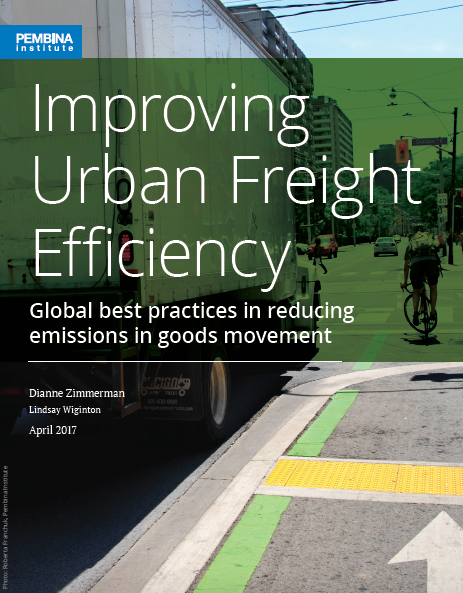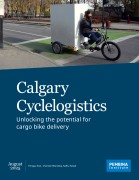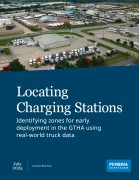The freight sector faces a number of challenges — traffic congestion, lack of legal loading/unloading areas and limited on- and off-street parking. All of these challenges lead to increased costs for the trucking industry and consumers, as well as increased emissions from their operations.
This report looks at municipal and industry-led initiatives and solutions to address urban freight challenges, that are done through a variety of stakeholder engagement and collaborative approaches. We highlight best practices in freight management, including case studies from New York City, Toronto, Sweden and London, England.
The examples range from stakeholder forums to pilot projects and living labs that are testing on-the-ground solutions to improve the movement of goods, showing that while there's no uniform approach to urban freight management, there are a growing number of emerging initiatives in response to these challenges.






